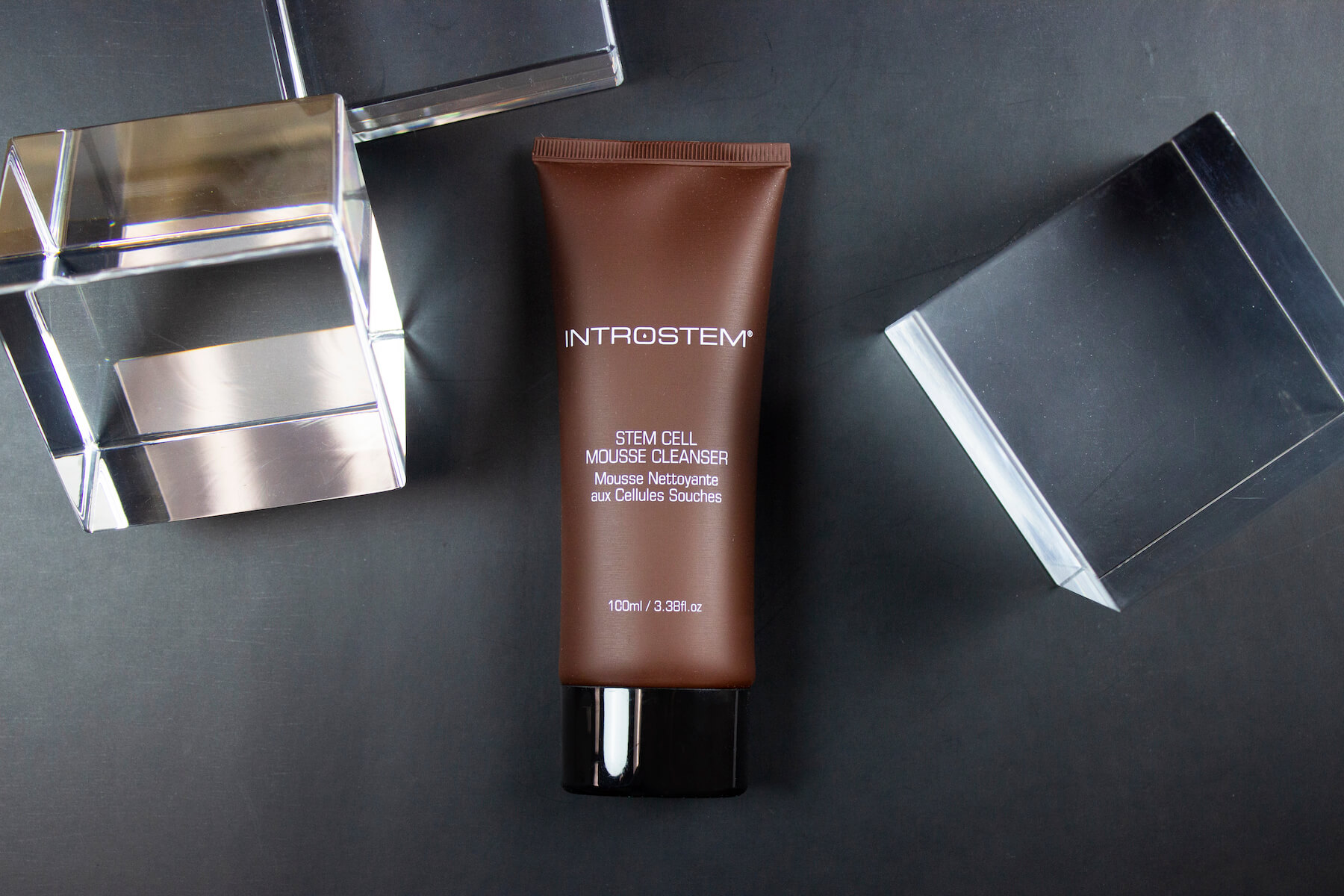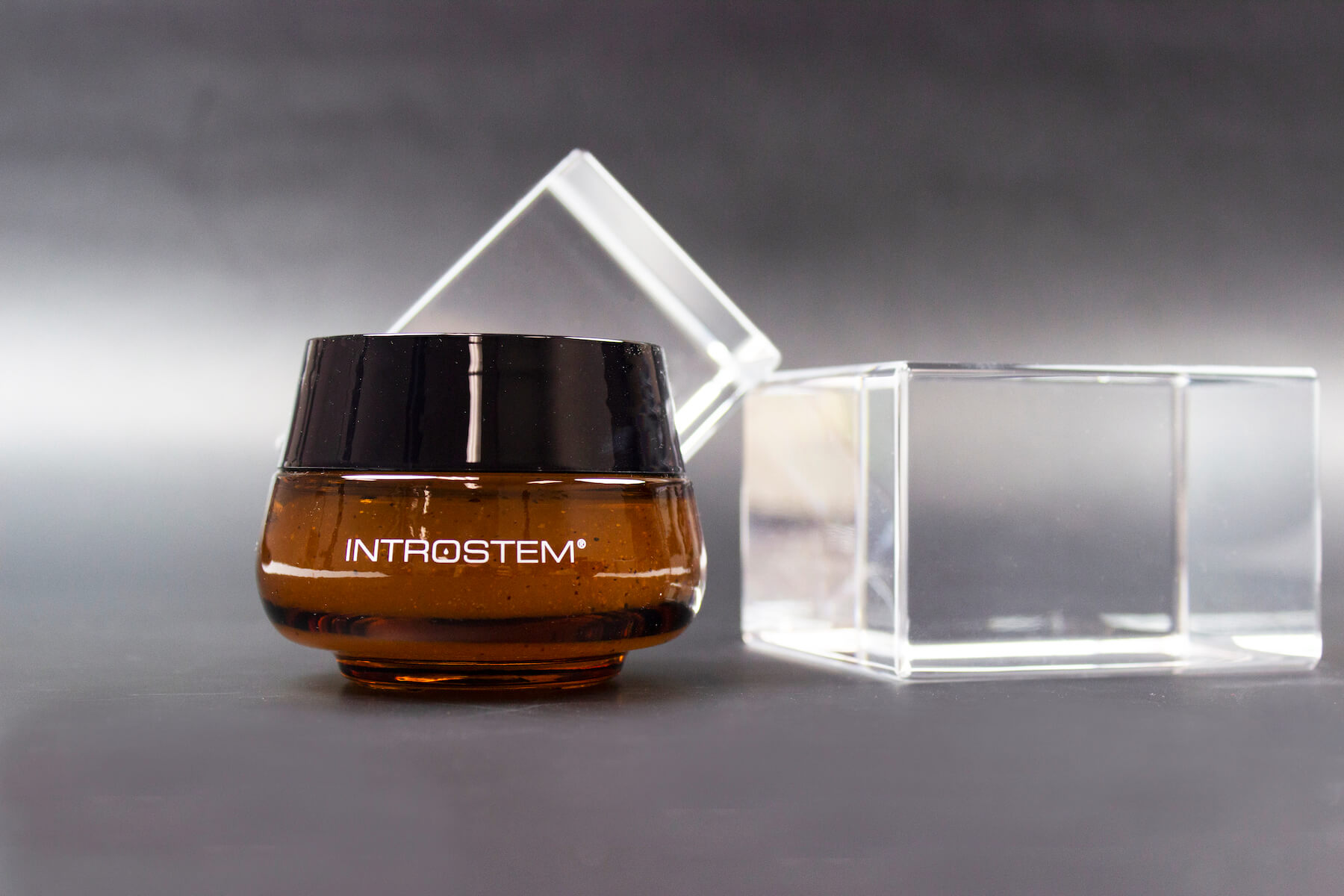There’s no ignoring the bounty of benefits that regular exfoliation can bring. It will leave your skin looking smoother, brighter, and firmer while also boosting the efficacy of the rest of your skincare products.
However, over-exfoliation is a very real problem. Once you start to head down this slippery slope, it can take several months to get your skin back into balance, making it a problem best avoided in the first place.
The trouble is that the symptoms of over-exfoliation are so varied, making the issue a difficult one to identify. So, read on as Introstem shares the five most common signs that your skin is being over-exfoliated, along with what you can do to prevent this from happening again in the future.
What is Over-Exfoliation?
Over-exfoliation is exactly what it sounds like; skin that has been exfoliated too much. Usually, this happens when people exfoliate too often. Due to the many ways in which exfoliation can quickly improve the complexion, resisting the temptation to increase the frequency of your exfoliation sessions can be difficult! However, going overboard with your exfoliation efforts could prove to be too much for your skin.
With that said, even if you exfoliate the right amount for your skin type, over-exfoliation can still occur if you’re using an overly harsh exfoliator. Just like when you exfoliate too often, this strips away too much of the skin’s protective barrier, resulting in a range of symptoms.
5 Signs That You’re Over-Exfoliating Your Skin
As mentioned, people can often experience very different symptoms when over-exfoliating. However, these are some of the most common:
1. Redness and Irritation
One of the first changes in your skin that you’ll start to notice if you’ve been over-exfoliating is redness and irritation. This is down to how over-exfoliation strips away the skin barrier. Rather than only clearing away dead skin cells, over-exfoliation leads to healthy cells being removed too.
This results in the skin becoming more sensitive to the environment around it. It won’t be able to adequately shield itself from environmental aggressors, such as the sun or pollution, causing it to turn red and irritated.
2. New Sensitivities
Due to the fact that your skin barrier has been damaged, over-exfoliation can cause new sensitivities to arise. You may notice that some of the skincare products that you’ve been using for years are now causing your skin to tingle, or even burn, when they’re applied. They may also trigger the redness and irritation that we mentioned above.
3. Dryness and Flaky Skin
Your skin barrier is responsible for keeping your skin hydrated and lubricated. It traps moisture in the skin, preventing it from evaporating so that your skin cells can access as much moisture as they need.
However, when your skin barrier is compromised, it’s not able to do this in quite the same way. Instead, moisture evaporates from the skin at a much faster rate. This quickly leads to dehydration, which can then result in dryness and flaking.
4. Increased Oiliness and Breakouts
Another issue that can arise when the skin is dehydrated is an increase in oiliness. This is down to how the skin tries to overcompensate for a lack of moisture by producing more oil. This doesn’t help with the dehydration since oil is very different from water. Instead, it just leaves the skin greasier with a noticeably shiny sheen.
Of course, with an increase in oiliness comes an increase in clogged pores. This quickly leads to a congested complexion, along with breakouts. This can often cause people to start exfoliating even more in an attempt to get rid of those breakouts, which only exacerbates the whole cycle.
5. A Tight and Waxy Texture
Sometimes, when the skin is over-exfoliated, it can take on a tight and waxy texture. It’s surprisingly easy to mistake this for a healthy glow but, in reality, it actually comes from how your new skin cells have been prematurely exposed due to how the surface of your skin has been exfoliated away.
This isn’t a good thing because it will soon turn into skin that cracks and peels. Although you may not initially recognize your new waxy texture as a symptom of over-exfoliation, this will become clear enough once things worsen.
What to Do If Your Skin Has Been Over-Exfoliated

If you’ve noticed any of the above symptoms and know that there’s a chance that this could be down to over-exfoliation, your next step is relatively simple; stop exfoliating for a while. Your skin barrier has been damaged and it needs some time to recover, so it’s important to give it this.
Ideally, at this point, you should also strip back your skincare routine and stop using active ingredients for a while. Instead, stick to the three most basic steps of skincare; cleansing, moisturizing, and sun protection.
The products that you use need to be as gentle as possible. When choosing your cleanser, go with a sulfate-free and alcohol-free formula, like the Introstem Stem Cell Mousse Cleanser. Rather than further damaging your skin barrier, which many cleansers do, this formula is brimming with ingredients that will leave your skin barrier feeling fortified.
Barrier support is vital when choosing a moisturizer too. Look for a formula that contains plant oils and butters, which are loaded with fatty acids. Peptides can be extremely beneficial too. You’ll find both ingredients in the Introstem Aqua Face and Neck Cream. It’s also infused with several ingredients that soothe the feel of the skin, such as aloe vera, chamomile, and vitamin E. They’ll help to counter the look of redness and irritation, bringing your complexion back into balance.
Make sure that you don’t forget about SPF during the day either. UV rays are seriously detrimental to an already-compromised skin barrier. A product like the Introstem VitisCell Facial Shield Cream SPF 30 would be a good choice because not only will it protect against sun damage, but it will also calm your complexion with its infusion of green tea, aloe vera, and grape stem cells.
Preventing Over-Exfoliation
You’ll know that your skin has recovered from over-exfoliation once it returns to the texture and state that it was in before you started over-exfoliating. Be patient as it can take a month or two for your skin to heal. Once this happens, you can go ahead and start exfoliating again, introducing it back into your skincare routine gradually.
Once you do so, here are a few tips to follow to help ensure that you don’t end up over-exfoliating your skin in the future:
Choose the Right Exfoliator

There are so many different types of exfoliators out there and it can often be tempting to go for a formula that’s filled with harsh abrasives or powerful acids. It’s easy to assume that the more potent your exfoliator, the more effective it will be. However, no matter your skin type, gentle exfoliators are usually the best option.
One formula that works well for all skin types is the Introstem Stem Cell Facial Peeling. With this product, you won’t have to decide between a chemical or a physical exfoliant as it offers both. Bamboo powder physically sloughs dead skin cells away, albeit much more gently than large abrasive particles, such as salt.
Meanwhile, mandelic acid provides some chemical exfoliation action. Unlike other hydroxy acids, mandelic acid has a large molecular size that prevents it from diving too deep into the skin. This goes a long way in preventing the appearance of irritation while keeping your complexion calm and happy.
You’ll find several antioxidants in our facial peel too, from green tea extract to vitamins A and C. These will help to counter the look of environmental damage, keeping your complexion bright and youthful.
Don’t Exfoliate Too Often
Once you’ve found a gentle exfoliator, the big question is: how often should you be exfoliating?
Unfortunately, there isn’t a single set answer to this question. This is why over-exfoliating is so easy to do! Instead, you need to take your skin type into account.
If you have dry skin, you’ll only need to exfoliate once or twice a week. Dry skin is a sign that your skin barrier is struggling, so you’ll be more prone to the symptoms of over-exfoliation.
The same applies to sensitive skin. With that said, due to your sensitivities, exfoliating once a week may still be too much for you. Instead, aim to exfoliate every ten days or so.
Those with oily skin will need to exfoliate more often to clear away all of the excess sebum that their skin is producing. However, don’t go overboard as this will only increase sebum production. Instead, aim to exfoliate two or three times a week. If you have combination skin, then twice a week should be sufficient!
The key is to remember that everyone’s skin is different. Environmental changes, such as the seasons and the weather, will also influence how often you need to exfoliate. For example, many find that their skin needs to be exfoliated more often in the summer than in the winter. Either way, pay close attention to how your skin is responding to your exfoliation efforts so that you can adjust your exfoliation frequency accordingly.
Don’t Leave Your Skin Bare After Exfoliating
Even the gentlest exfoliator will still leave your skin more vulnerable to damage. Sure, those dead skin cells that you’ve just removed were making your skin look rough and dull but they were also serving as an additional barrier between your skin and the harmful world around it.
Leave your skin bare after exfoliating and it will be more prone to moisture loss and damage. This will then leave your skin more susceptible to over-exfoliation in the future.
To prevent this, never leave your skin bare once it has been exfoliated. Instead, always immediately follow up with the rest of your skincare routine. Whether this involves using a toner, applying a serum, or simply slathering your skin with a moisturizer, you’ll be providing your skin with an extra layer that will keep it feeling safe.
Summary
Over-exfoliation can be difficult to pinpoint as the source of your new skin problems, which means that the skin often ends up suffering for a while before people realize that their exfoliation habits are to blame. However, once you’ve given your skin some time to recover, following the tips that we’ve shared above will help you to exfoliate your skin in the right way, saving you from having to deal with the same problems again in the future.
Click here to check out more bestselling skincare products from Introstem.



0 comments on “5 Signs of Over-Exfoliation and Ways to Avoid it”